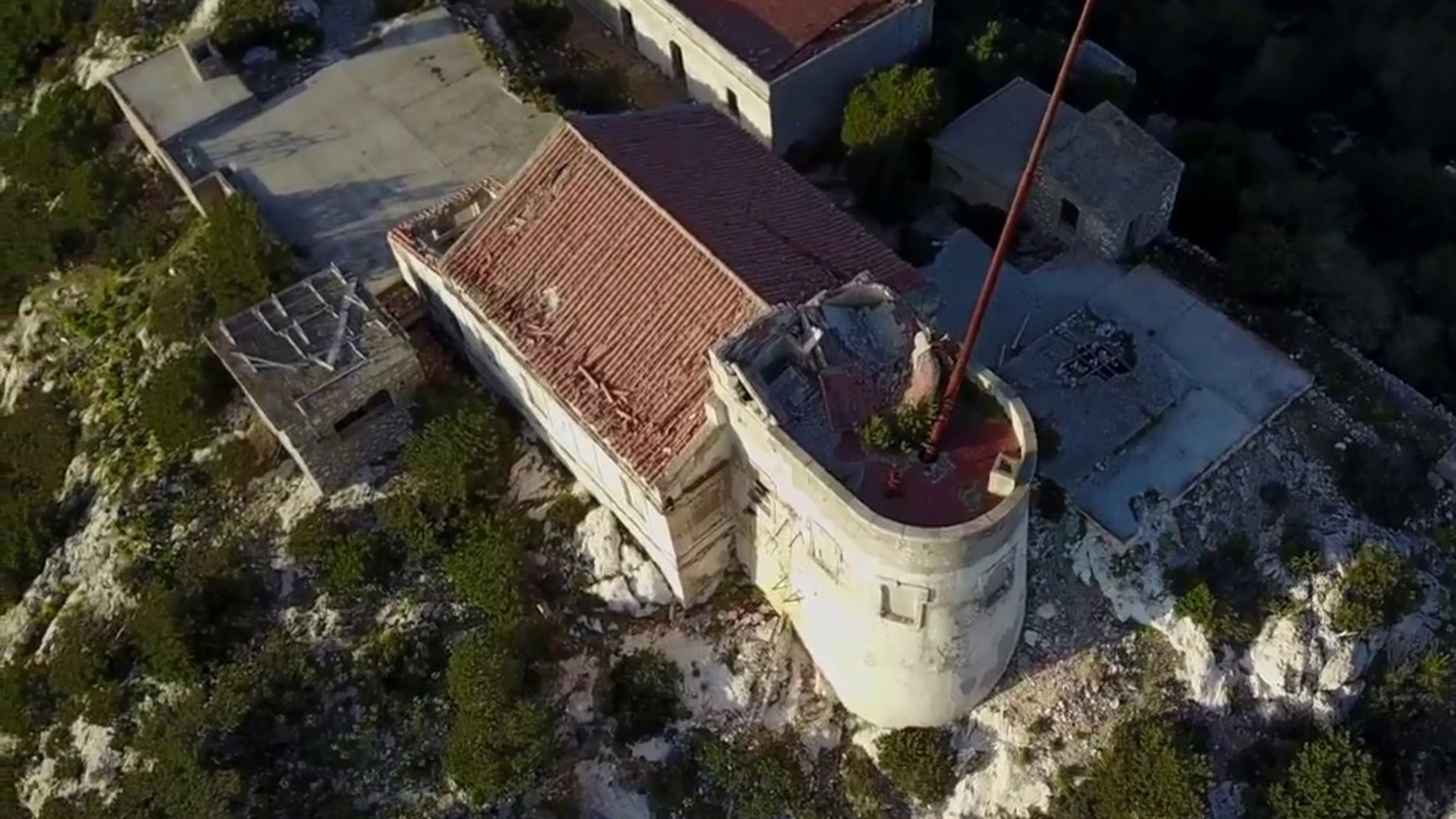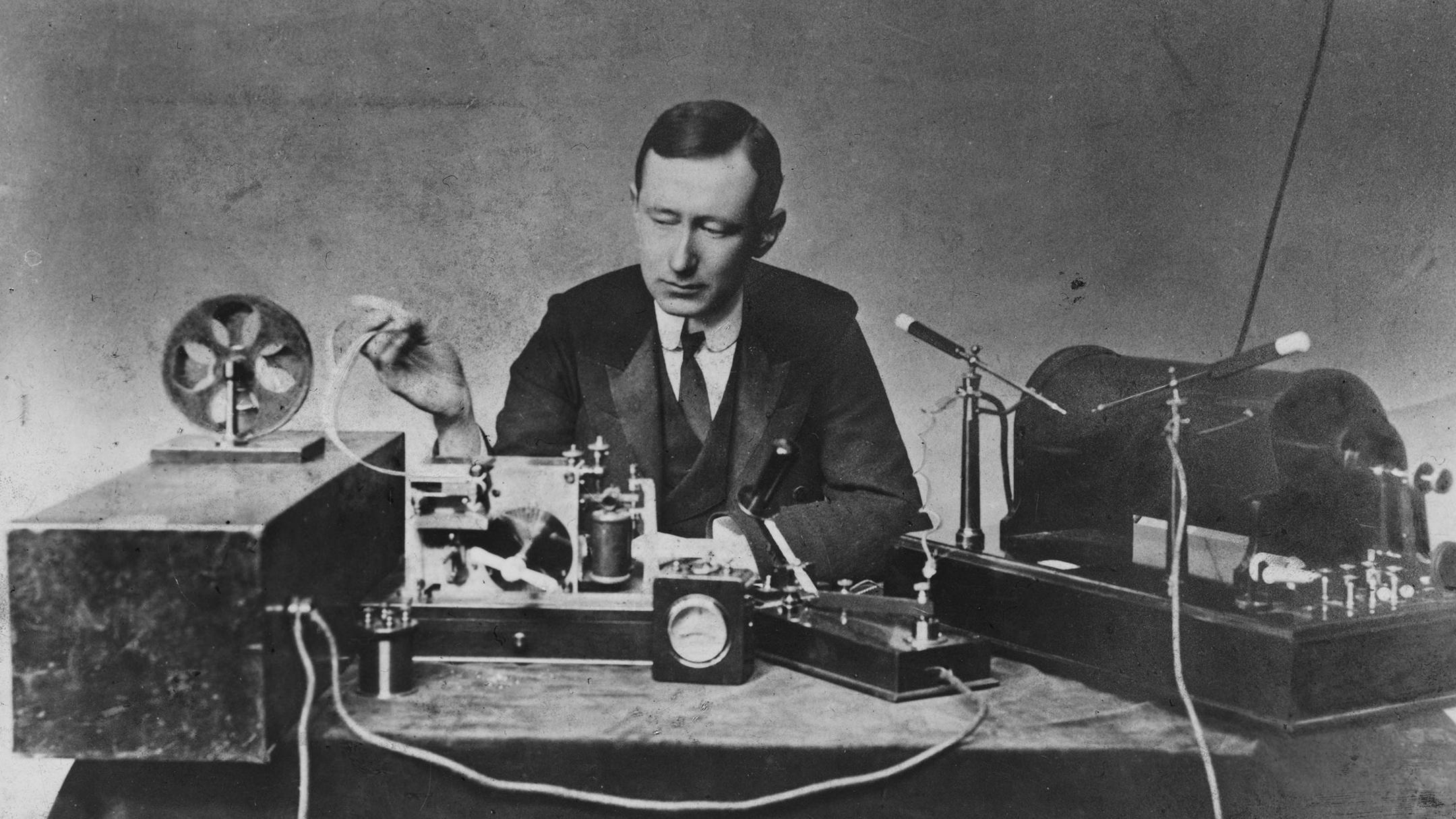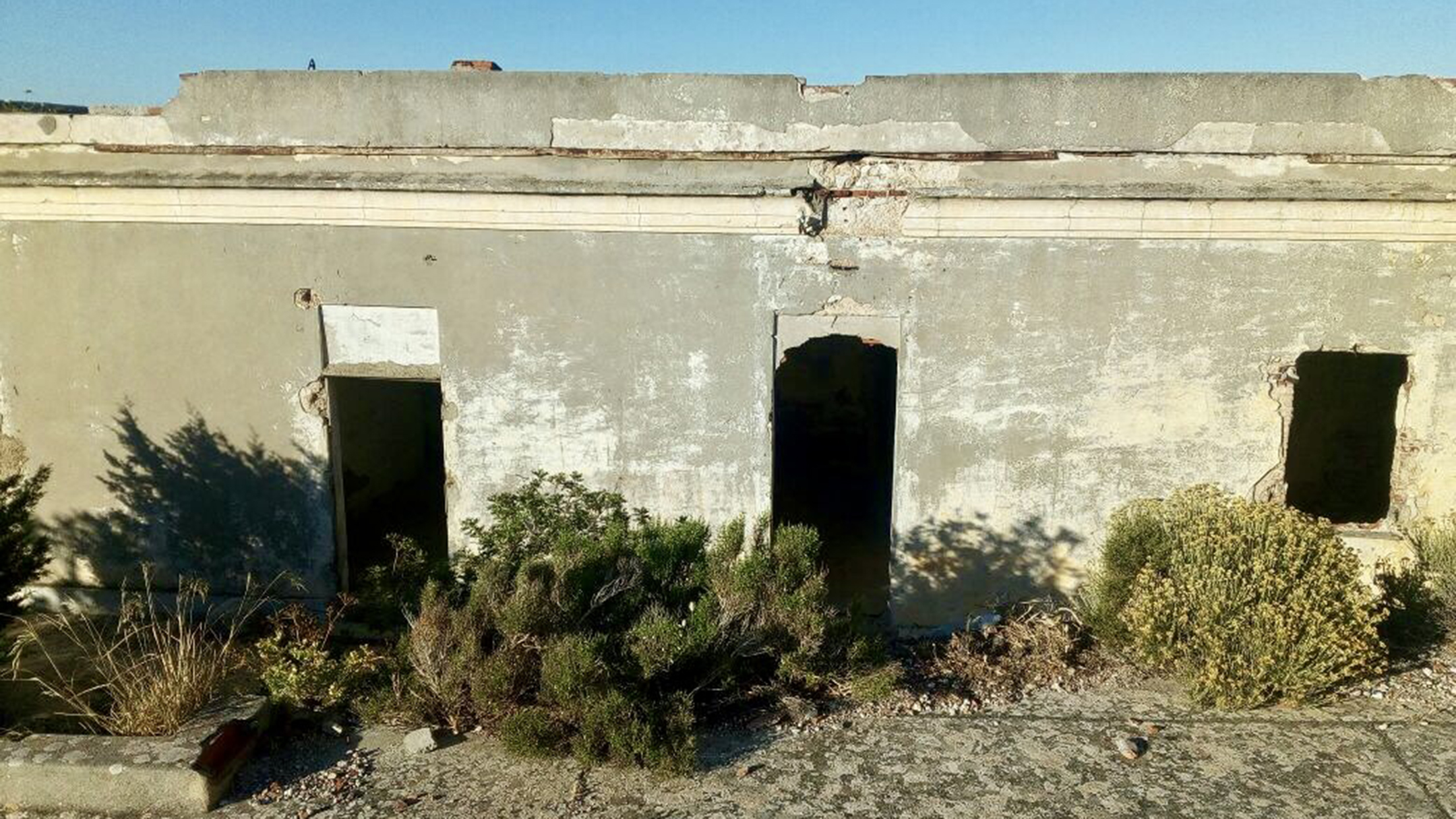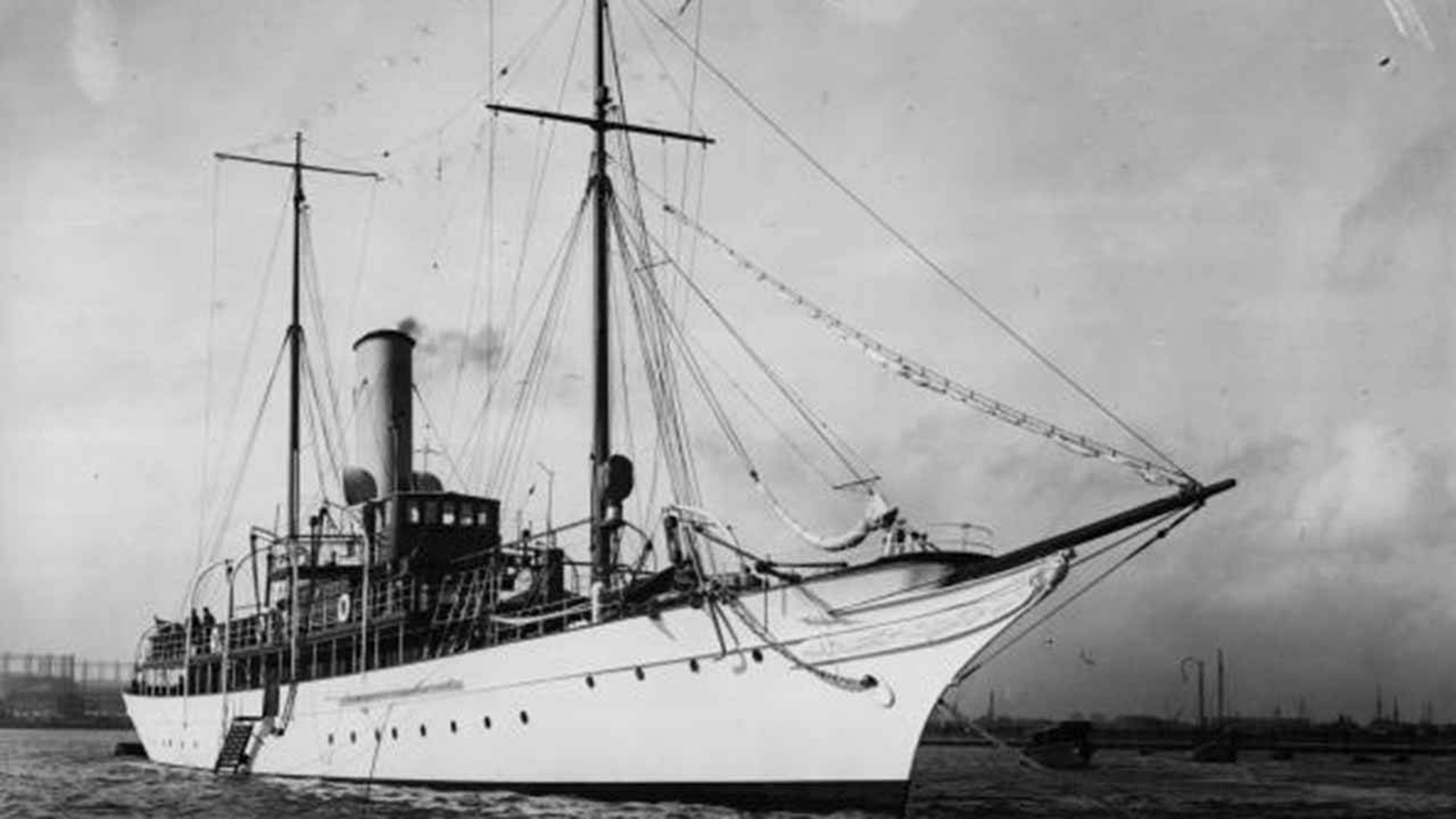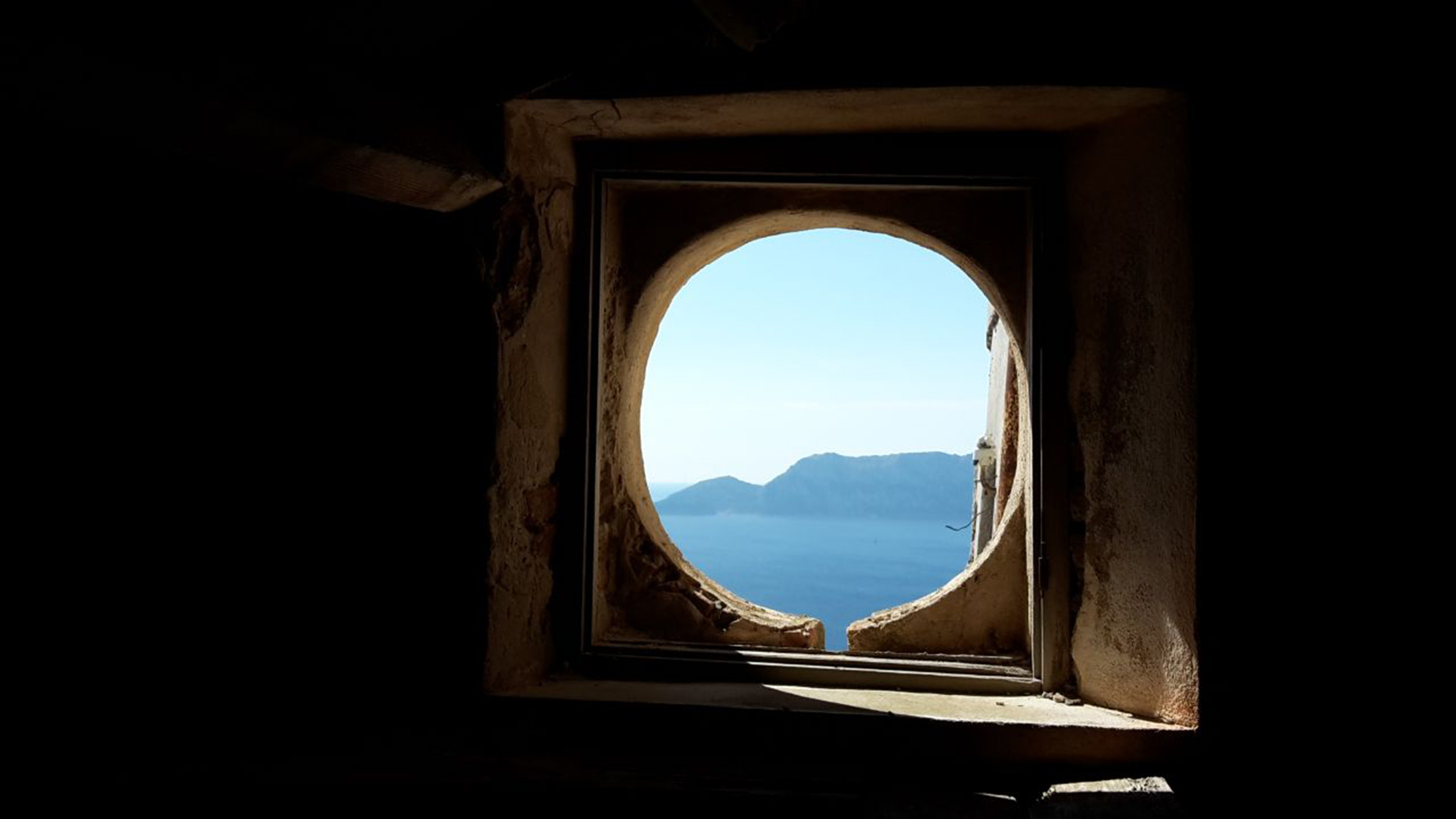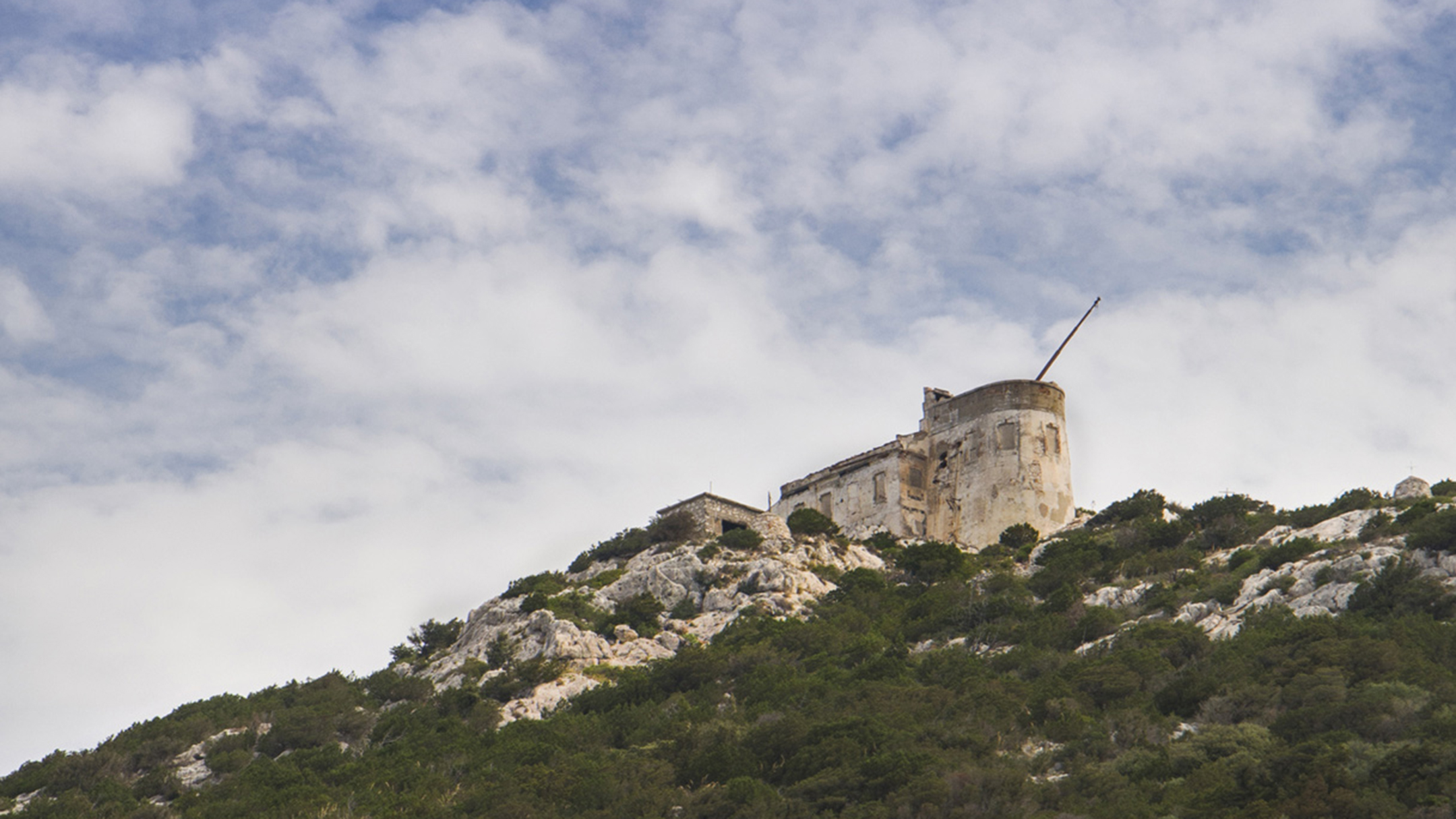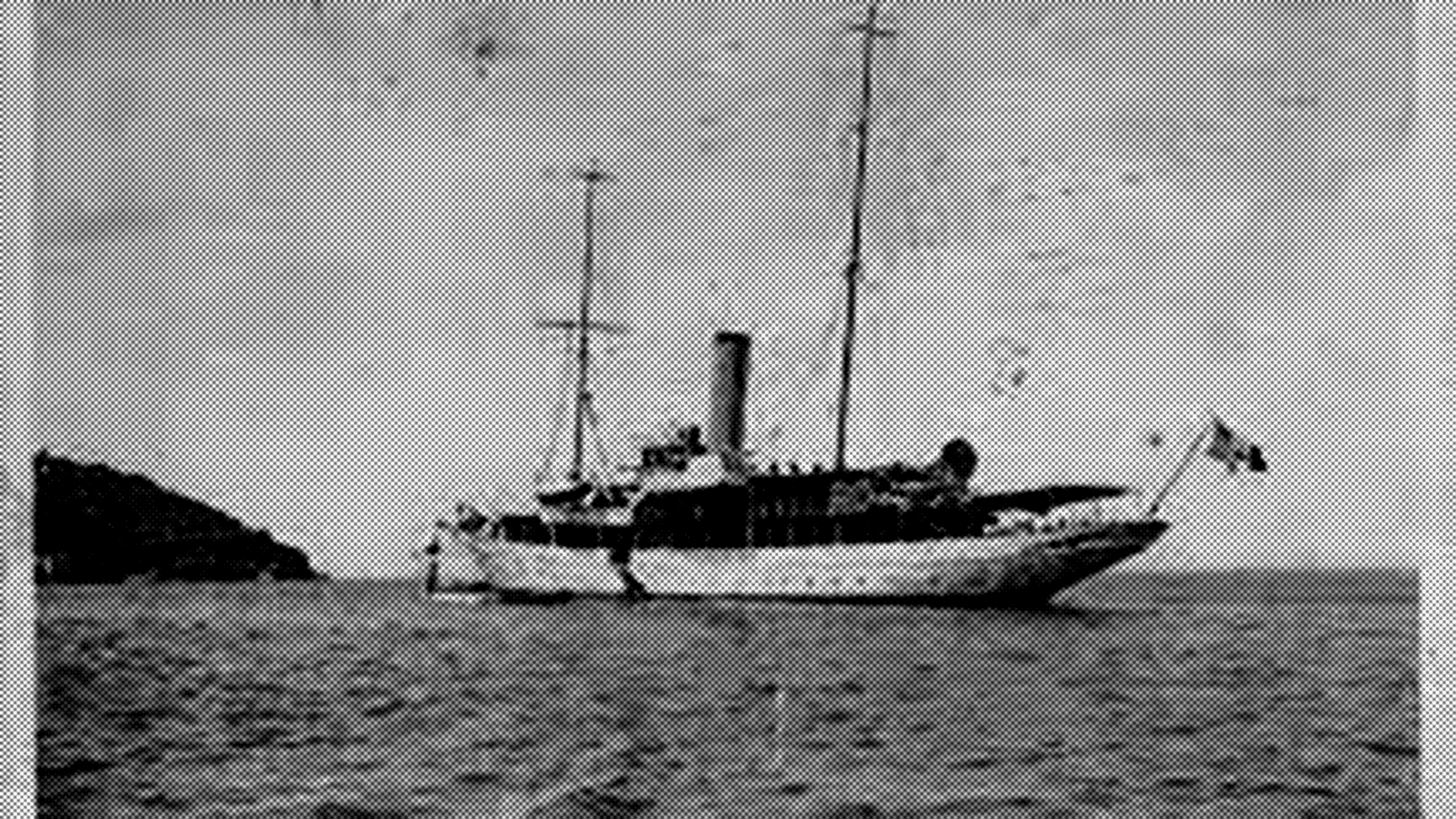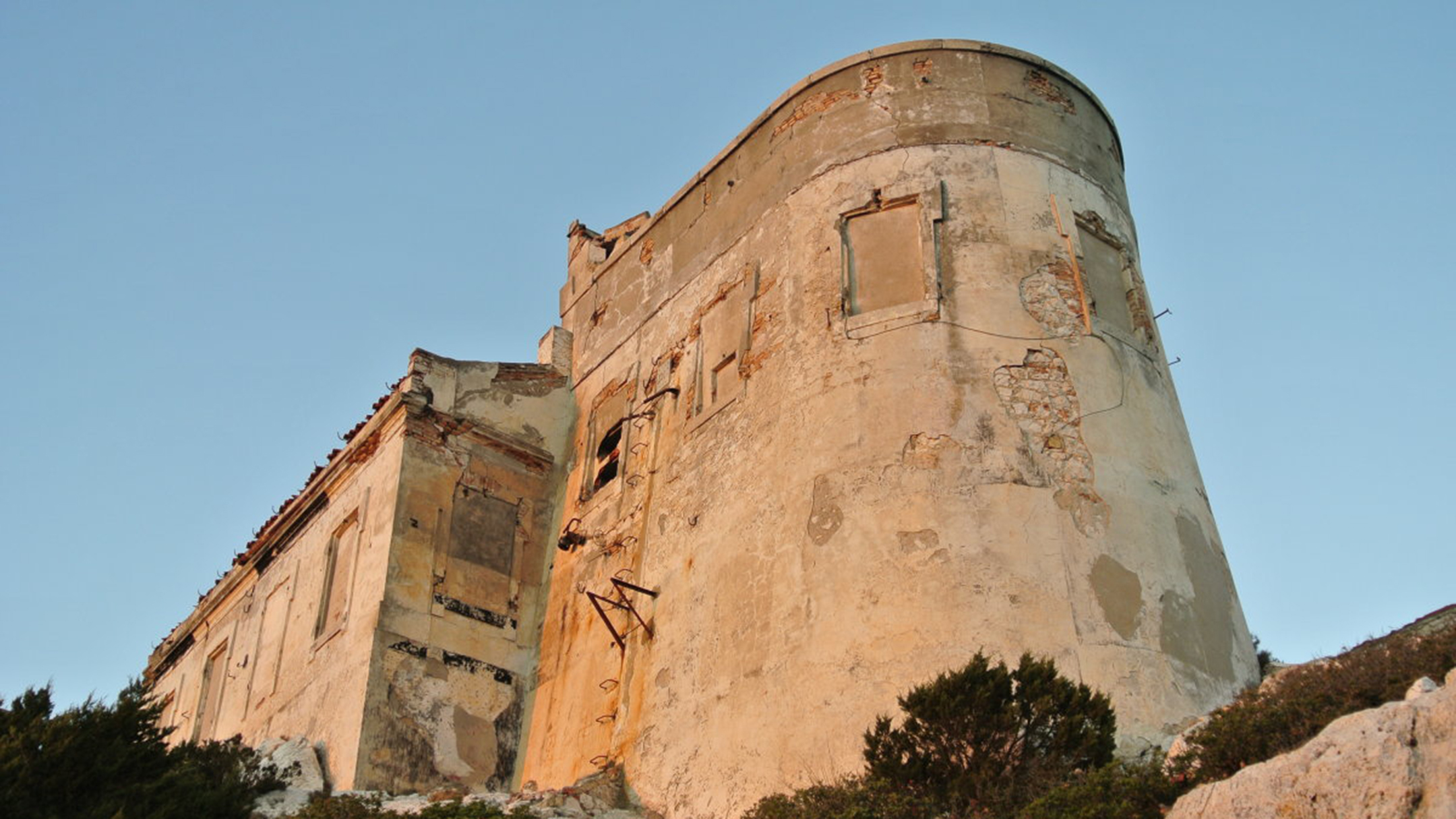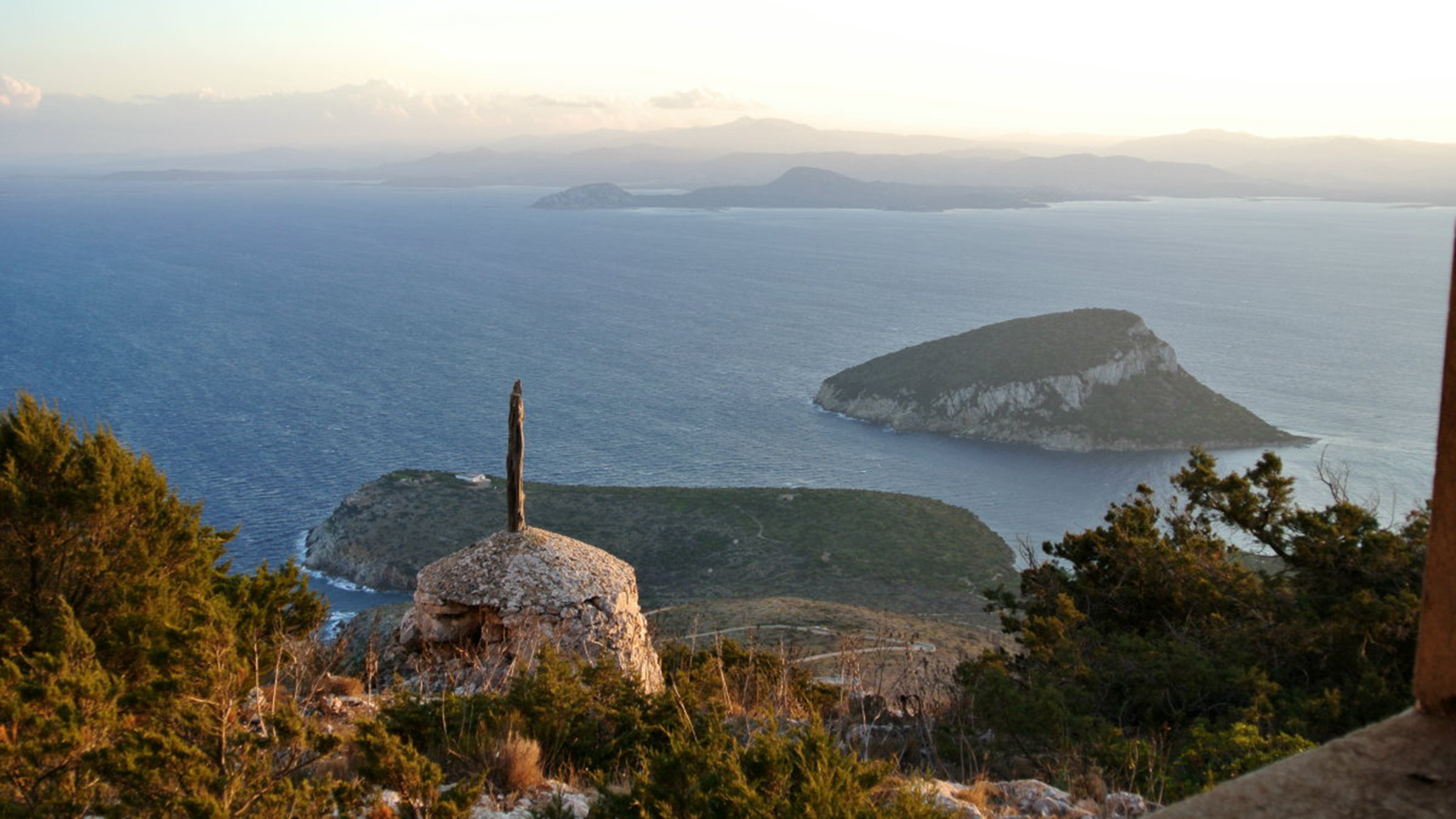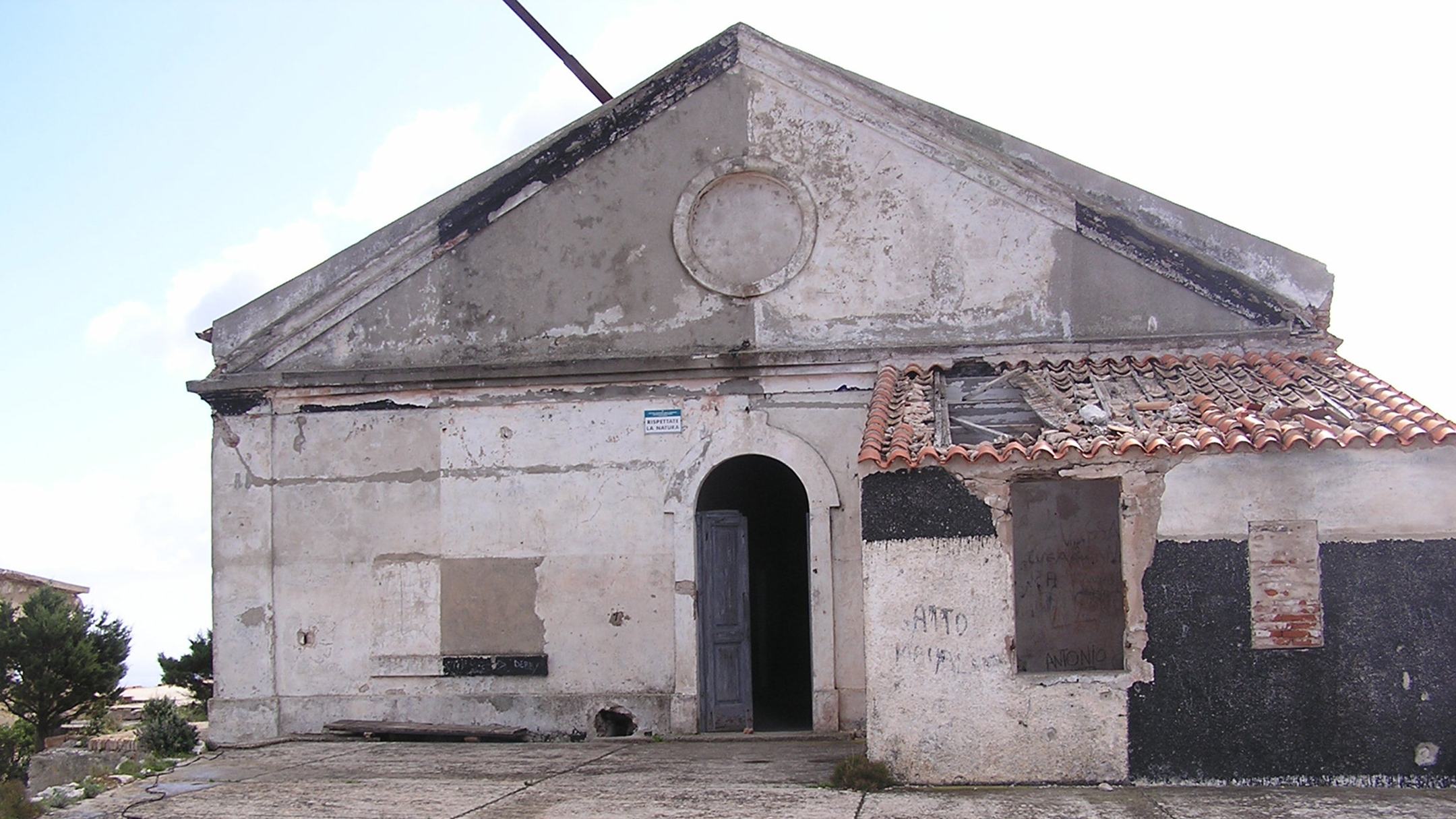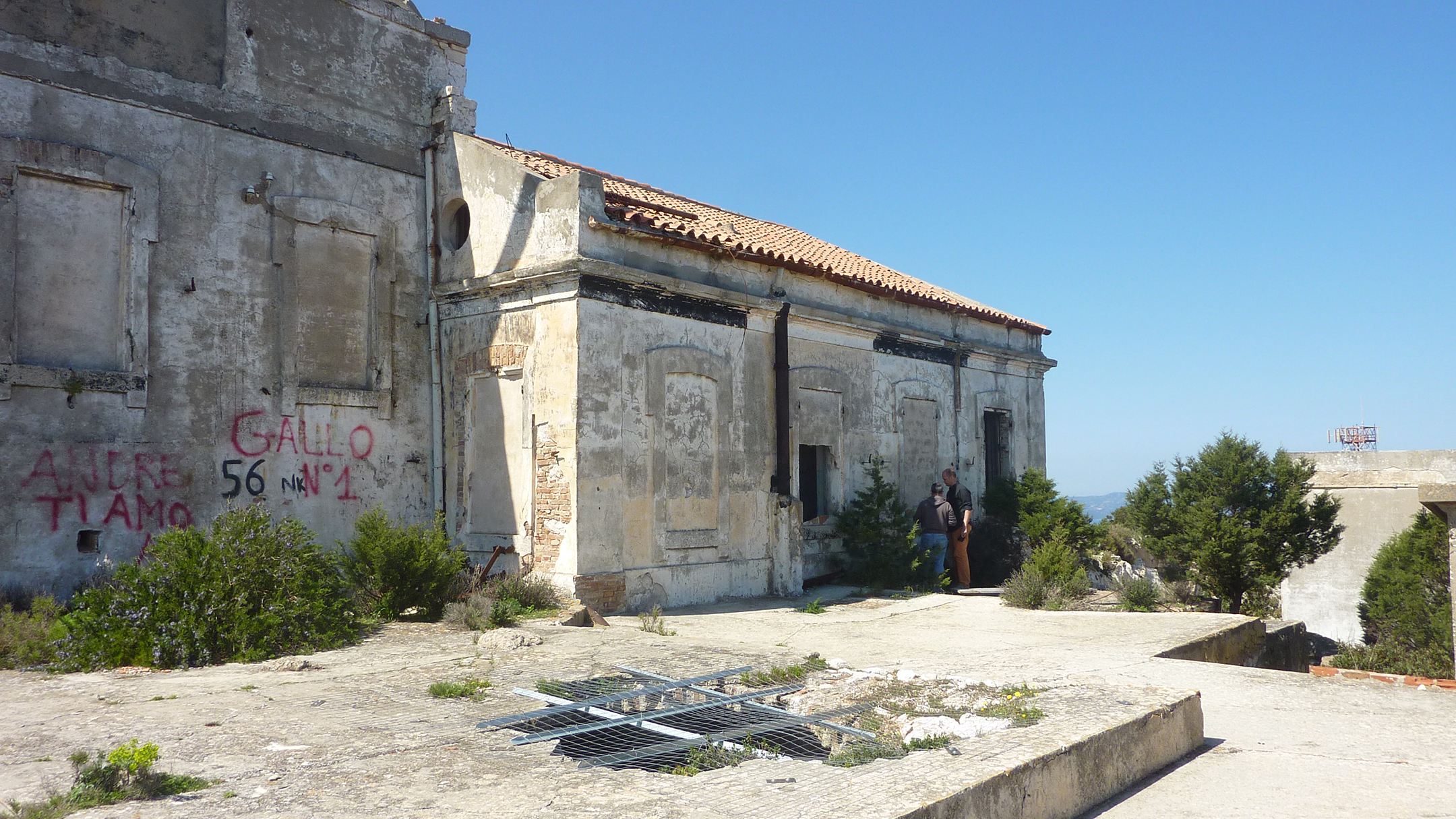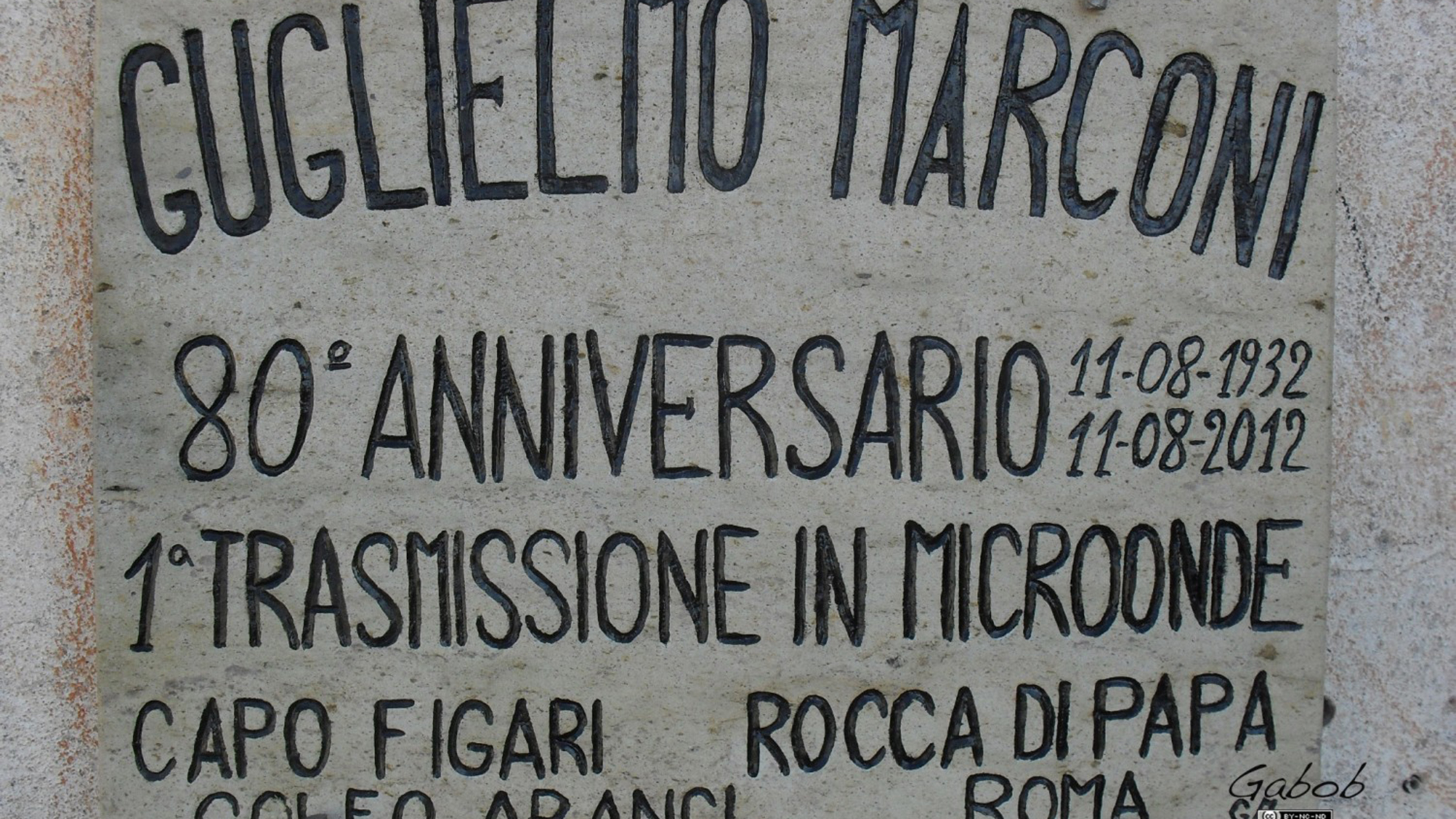THE TRAFFIC LIGHT OF CAPO FIGARI
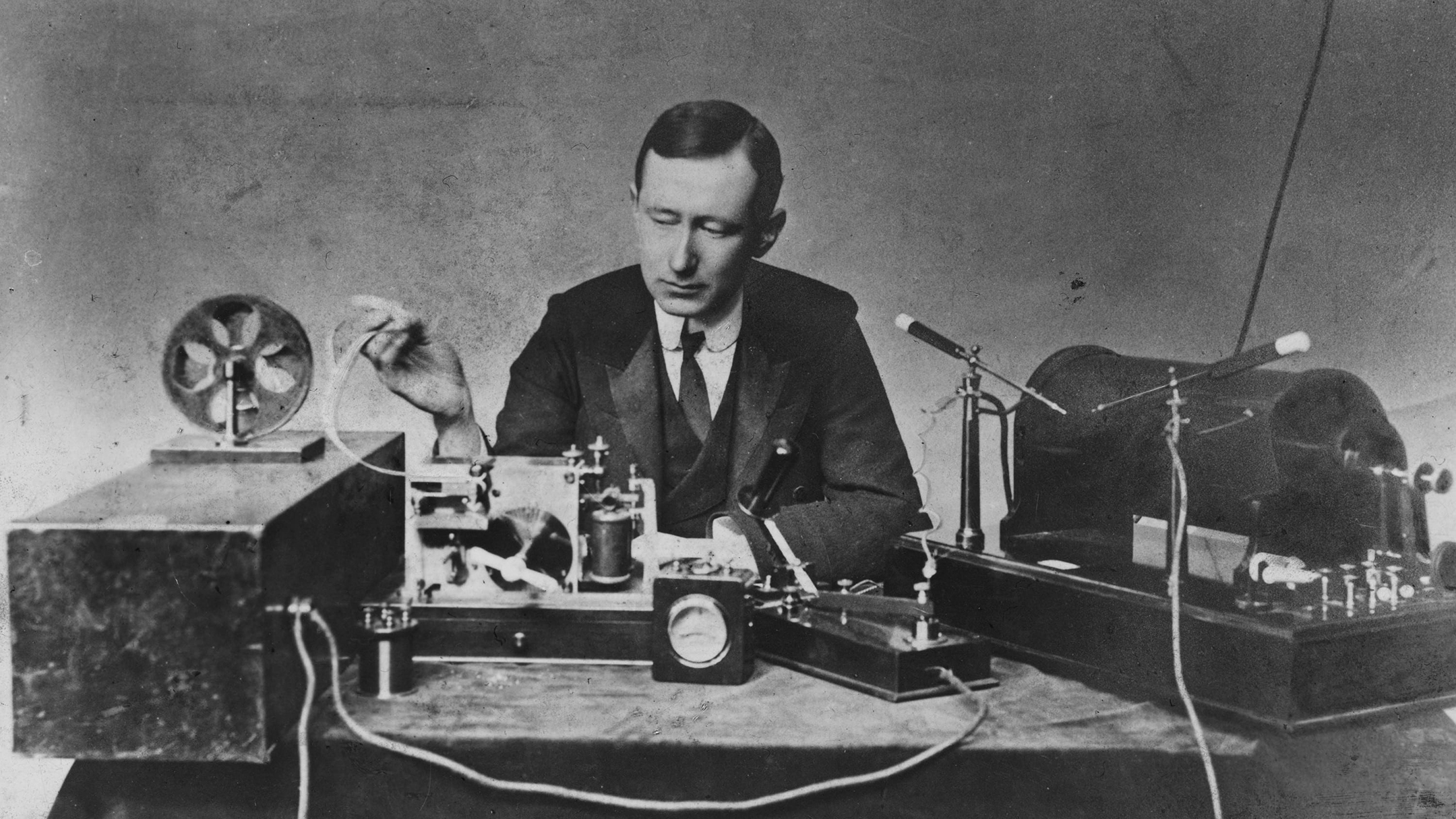
The Capo Figari Semaphore (Golfo Aranci) is the historic installation placed on top of the Capo Figari promontory at a height of about 340 meters. Its importance is linked not only to the history of navigation in Sardinia but also and above all to having been the site of the experiments of Guglielmo Marconi, historical developer of wireless telegraphy.
On 11 August 1932, Guglielmo Marconi and his team of technicians built a shortwave radio link with a transmitter located in Rocca del Papa (Rome) and a receiver installed on the traffic light in Figari (Golfo Aranci). At sea between the Sardinian and Lazio coasts the laboratory ship Elettra was the bridge.
THE CHOICE OF THE STATION AND THE EXPERIMENT
Guglielmo Marconi in the late 1920s was at the peak of his career as a scientist and in 1930 made an inspection of the Golfo Aranci hill to evaluate it as a possible site for experiments on microwave transmission. In the end, the opinion on the suitability of the place was favorable and in 1932 the equipment was installed. Thus it was that the experiment of August of the same year was successful: ultrashort waves of 57 cm from Rocca di Papa were received at Capo Figari, bypassing a distance of 270 kilometers and communicating both radiotelegraphically and radiotelephonically. The importance of this experiment was the ability to communicate over long distances despite the Earth’s curvature.
THE PROMONTORY OF CAPO FIGARI
The promontory of Capo Figari is the limestone relief articulated on two asymmetrical heights: Sa Rocca Ruja, 269 meters high and Punta Semaforo of 342 meters. The area includes about 850 hectares and represents the northern end of the Gulf of Olbia. The rocky consistency is calcareous and, according to the geological history of the area, it remained an island for a long time, as evidenced by the traces of calcified marine sediments in the isthmus that connects it to the hinterland. Capo Figari overlooks the sea with spectacular cliffs up to 200 meters high and overlooks the island of Figarolo towards the east. From the highest peak of Capo Figari it is possible to see from south to north respectively, the Island of Tavolara, the islands of Soffi and Mortorio, the Costa Smeralda, the Islet of Figarolo and the Strait of Bonifacio.
THE TRAFFIC LIGHT OF CAPO FIGARI
At the top of the highest summit of Capo Figari, Punta Semaforo, there is the Semaphore of Capo Figari which at the end of the nineteenth century was part of the system of lighthouses and traffic lights of the Regia Marina. These infrastructures served (and some of these are still operational today) as a visual reference point for the ships that sailed the stretch of sea in front. In 1905, next to the building that houses the traffic light, housing was built for military personnel who had to monitor the coast even from possible threats of war. Guglielmo Marconi, the inventor of wireless telegraphy together with the German physicist Carl Ferdinand Braun (both won the Nobel Prize in 1909), carried out from this place one of the many experiments of his career as an inventor that made him famous.
THE BIRTH OF THE RADIO
In August 1932 Marconi carried out a shortwave radio link between Lazio and Sardinia. It was an experiment that served to perfect a long process of invention, that of the radio. This journey began in 1860 when James Clerk Maxwell (1831-1879), a Scottish mathematician and physicist, developed the first modern theory of electromagnetism, one of the interactions between objects that have electric charge. The story continued with Heinrich Hertz (1857-1864), the German physicist who through experimentation proved the existence of electromagnetic waves theoretically described by Maxwell. It was in fact in 1885 when he was a professor at the University of Karlsruhe that he proved, reformulating Maxwell’s studies, the fact that some types of electrical signals could be sent into the air, electromagnetic waves that for a certain period were called Hertzian waves. He built a device, the Hertzian dipole, which could transmit and receive radio waves. This experiment confirmed that of the American physicist Albert Abraham Michelson (1852 – 1931) who was the first to exclude the existence of the ether, the medium through which, until 1800, the propagation of electromagnetic waves was thought to be possible. From the discovery of the Hertzian waves, the baton passed to Guglielmo Marconi who was able to develop a wireless transmission system but at great distances, so much so that in 1901 he was able to send the letter / s / across the Atlantic.
** According to some reconstructions not accepted internationally, but validated only by a sentence of the US court of St. Louis in Missouri, the first to carry out a wireless transmission was Nikola Tesla who, in 1893, built an apparatus without the thermionic valve . However, this device failed to transmit and receive signals, as confirmed by the fact that the other American states did not recognize the validity of the experiment.
THE RADIO BRIDGE OF CAPO FIGARI
The radio link that Marconi made between Capo Figari and Rocca di Papa in 1932 was a short-wave and ultra-short wave radio link that paved the way for subsequent discoveries that led, a few decades later, to the birth of radar, television and mobile phones. This new technology was also used in the field of navigation for communication between boats in the open sea or near the coast. A technology that partially supplanted the use of traffic light stations and contributed, ironically, to gradually decommission many systems including the Capo Figari traffic light which from the second post-war period went into a state of neglect up to the current state of semi-ruin. .
THE RESCUE OF THE REPUBLIC
Breaking the isolation in the open sea was one of the main objectives of Guglielmo Marconi, who, starting from the early 1900s, with his Marconi Company, was able to supply radio sets and specialized operators (the so-called “radio operators") to steamships and ocean liners. Thanks to these new communication systems it was possible to save many human lives endangered by accidents in the open sea during navigation. A rescue that took place thanks to Marconi’s inventions was that of the Republic, the British steamship that collided with the Italian steamship Florida on 23 January 1909, causing enormous damage that put the crew and passengers in danger of drowning. Despite the fog, the boat was identified by an ocean liner, the “Baltic" (also British) and the exchange of communications between the captains took place by means of Marconian telegraphy. For the importance of these technologies Giuglielmo Marconi received the Nobel Prize in Physics in 1909.
THE STATE OF ABANDONMENT
The Capo Figari traffic light is today a masonry and concrete complex consisting of three main buildings: the traffic light station, the telegraph station and the refectory. All these structures are currently in a state of complete decay. Once Marconi’s experiments were over, the traffic light was abandoned and replaced by new naval / coastal communication technologies, the area was targeted by vandals who gradually destroyed the little that remained of the furnishings, walls, openings and entrances. The state of neglect then affected the attic which is partly unsafe and partly has already collapsed.
HIKING AND MARCONI DAY
Today the area is visited daily by hikers, curious and passionate who climb the three-kilometer serpentine that winds starting from the side of Cala Moresca. Since 1995 the old Marconi building and the Capo Figari Semaphore have become part of the Marconi Day circuit, the event that in spring attracts amateur radio enthusiasts who from there reproduce the broadcasts with private equipment connecting with dozens of Marconi stations. located in Italy and around the world.

